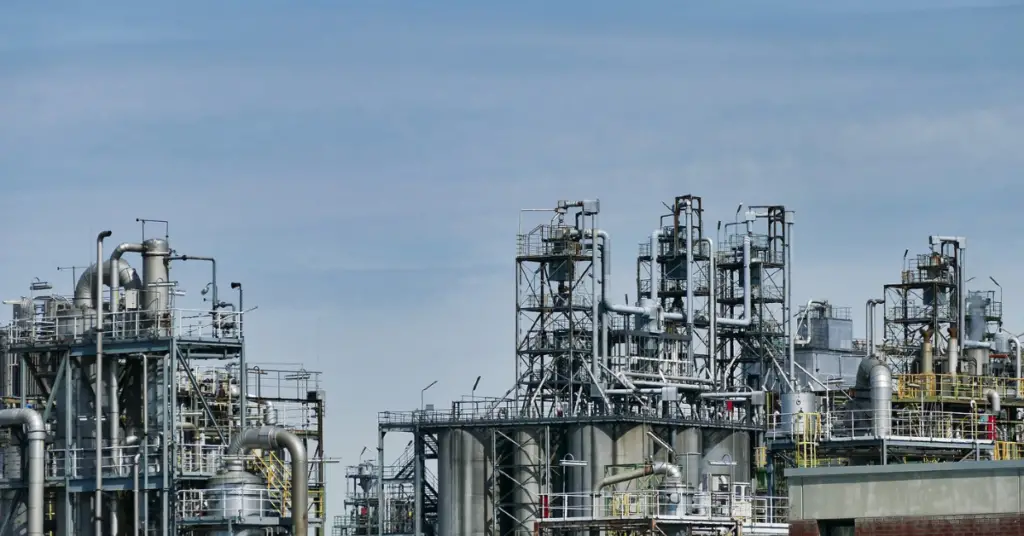The properties of stainless steel make it useful in most industries, from healthcare to construction. Its ability to be easily cleaned, evade corrosion more than regular steel and its shiny good looks makes it a great choice for so many uses. But as more companies, and households, are looking to be more planet friendly it raises the question – is stainless steel eco-friendly? No material is perfect in every way, but stainless steel certainly comes close. Let’s delve a bit deeper…
Firstly, what is stainless steel?
You may know that steel is an alloy – a metal that contains two of more elements. It contains mainly iron and carbon. Stainless steel differs from regular steel as it contains at least 10.5% chromium – although it can contain more, depending on its grade. It is the chromium that gives it its ‘stainless’, anti-corrosive property. In simple terms, it creates a layer which protects the steel from rusting.
So, is stainless steel eco-friendly?
Stainless steel durability
One of the properties that make stainless steel kind to the environment is its durability. Stainless steel, above all else, is made to last. How often do you need to go out and buy a new set of cutleries? Knives and forks used every day can last decades and can even then be donated to a thrift store afterwards! This is part of the reason stainless steel why it is environmentally friendly – we don’t need to replace it very often; it avoids resources being used to replace it.
Stainless steel is endlessly recyclable
Despite its durability, like all things, stainless steel does not last forever! Thankfully, much like glass, stainless steel can be recycled repeatedly. Generally stainless steel is not accepted in the curbside recycling bins like, say, paper or cardboard. As always, be sure to check your local recycling guidelines – rules vary from city to city and country to country.
Unfortunately, stainless steel is not perfect…
Stainless steel production uses a lot of energy

There is no getting away from the fact that stainless steel requires a lot of energy in production. Although this has improved significantly, according to the World Steel Association the energy required to produce a ton of crude steel has reduced by approximately 60% since the 1960’s.However, a portion of this energy stills comes from coal and natural gas. By using these fossil fuel energy sources, the steelmaking industry is contributing to the land degradation, pollution and greenhouse gas emissions.
Stainless steel is not biodegradable
A material is said to be biodegradable if it can be broken down by micro-organisms and, essentially, return to nature. Unfortunately, stainless steel is not biodegradable and, as a result, it is not suitable for composting. When a stainless steel item comes to the end of its usable life, the only two viable are options are the trash or recycling.
Despite being recyclable, often people do not take this option – and stainless steel items end up on the ever-growing landfill pile. Here they will eventually rust and break up into smaller pieces. These pieces, like many other materials, can remain here for many centuries. Stainless steel will not pollute the soil or groundwater, however it could persist for over a thousand years! This is why it is so important to recycle. It is a little extra effort, since it is not accepted by your standard curbside collection, but it avoids a significant environmental impact.
The bottom line
The durability of stainless steel helps ensure that it has minimal impact on the environment – it lasts for a long, long time! People do not need to replace their stainless steel items regularly. Although it is not biodegradable, it can easily be diverted from the landfill pile by recycling. No material seems to tick all the boxes in terms of being environmentally friendly and stainless steel is no different. Although significant progress has been made, in terms of energy consumption for example, production of stainless steel is still an energy-intensive process.







